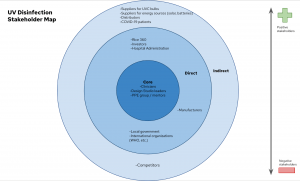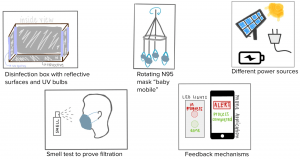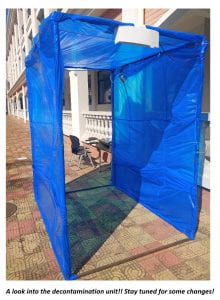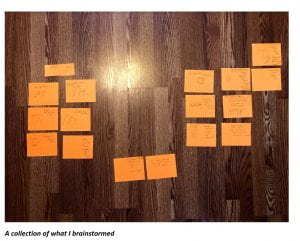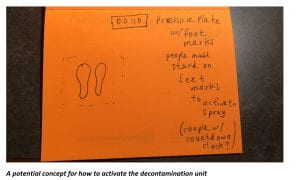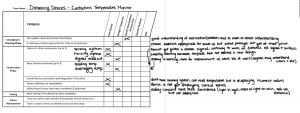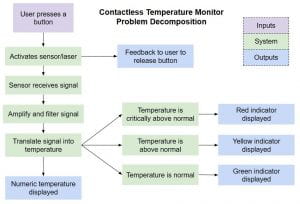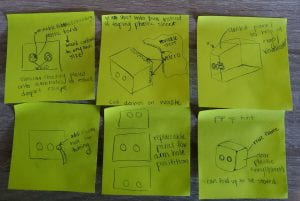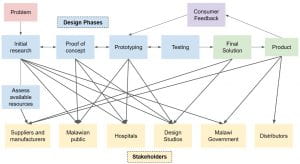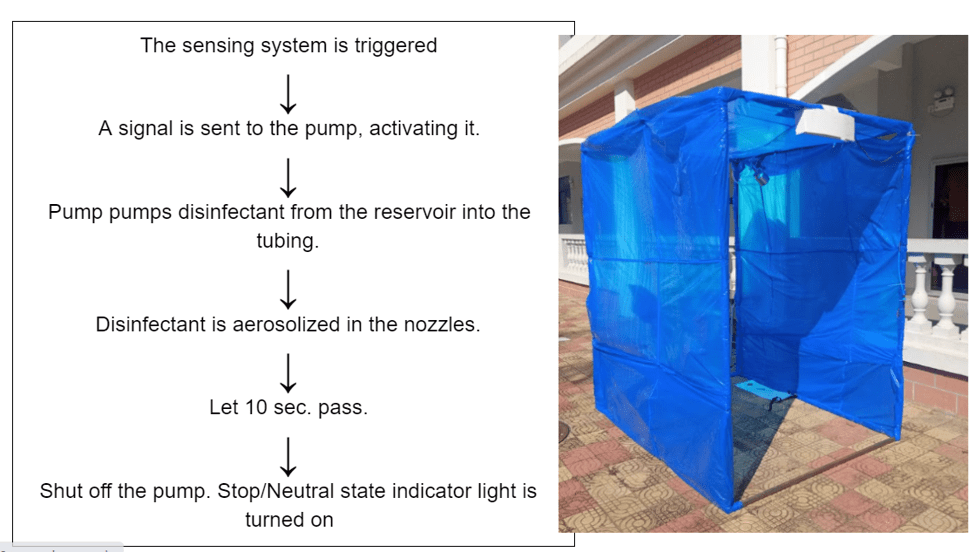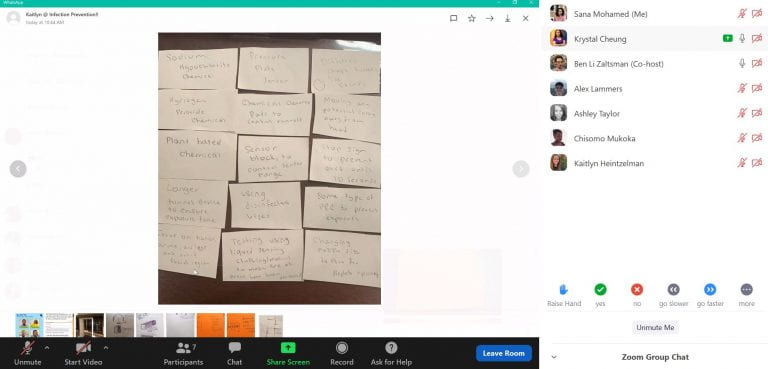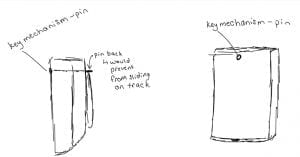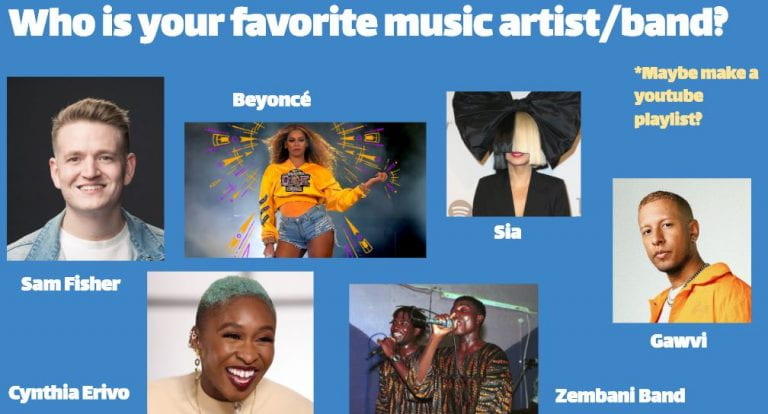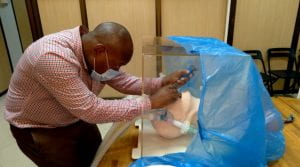Another fantastic week comes to an end! This week of the internship has been beneficial in further broadening my group’s understanding of the problem we are trying to address by introducing us to different assessment strategies. The first tool was introduced to us by workshop leader Wayne Decker, from the Flametree Initiative. He discussed the importance of identifying innovative methods that are appropriate to the productive use of energy (PUE). During this workshop, our team was tasked with finding realistic ways in which mutual success could be yielded from the need for PUE and the need for production and distribution of our prototype. This seemingly broad and challenging task brought to light some important considerations as we move forwards with our prototypes including (i) utilizing the local supply chain, (ii) methods of ‘marketing’ the device, (iii) challenges resulting from transportation and languages, and (iv) the finding of suppliers and partners. There were three main findings from this analysis for our Walk-Through. First, the set-up and maintenance of the structure should tie in economic opportunities for people within the communities. Secondly, the materials used to build the structure should ideally be sustainable materials sourced locally in Malawi. Lastly, consideration of energy availability within these contexts. In this regard, we should consider the utilization of our prototype beyond the clinical settings, particularly with regards to how the energy requirements would change in that regard. For example, most Malawi devices use two power sources, solar and back-up battery, so that they can still be used during power outages. As a result of these varying power needs, our prototype needs to be capable of sourcing energy across various location types.
The second assessment strategy, problem definition, and needs finding was introduced by Dr. Bond, Professor Mafuta, and Professor Kumcheza. I was somewhat familiar with this strategy from my Global Health design class last spring, and having found it very helpful at that time, was excited to learn more. When faced with a broad problem statement, it can be challenging to determine which path to take to solve it. However, when the problem is well-defined, solutions start to take shape, and it’s easier to consider what needs the device has to address. There are three main components of a need: (i) the core problem, (ii) the population affected, and (iii) the design outcome. Once you have defined what these are for your overall problem, you have, in theory, what you need to appropriately solve the issue at hand. However, due to the restrictions resulting from the current global pandemic, some of the techniques for defining these needs are not entirely possible; thus, making other components all that more important. For example, observation is not possible, but background research is all the more so. With good background research, you can aim to ask the questions that you would typically answer during observation. We were read in on the importance of gaining a broad perspective of the issue at hand. For example, a patient may have a different point of view of a problem from a surgeon who might have a different perspective from that of a nurse. Therefore, to truly solve the issue at hand, you need to consider the viewpoints of all those involved. Additionally, it is essential to phrase a question in many different ways to ensure that all the necessary information has been obtained, as the method of framing questions affects the answer received.
To end out the week, our awesome TAs hosted another team bonding activity. This time, it was a scavenger hunt. Each team (based on technologies) was placed into a breakout room to solve the riddles sent in the group chat. The first team to send a picture of the object with a caption labeling what the object was, received the points. For example, one riddle was: “I make marks wherever I go, I shrink as your ideas grow!” to which the answer was a pencil. This activity was a lot of fun as it worked on strengthening our team problem-solving skills while also getting to know each other better. The rest of my family may have given me some strange looks as I sped around the house searching for the objects, but I had a great time!
Looking forward to the week ahead when we will start doing our Stakeholder interviews. I’m especially excited about this, as it will allow us to gain crucial viewpoints from our devices’ different stakeholders and users and help us define our problem even better.
Signing off,
Kaitlyn
